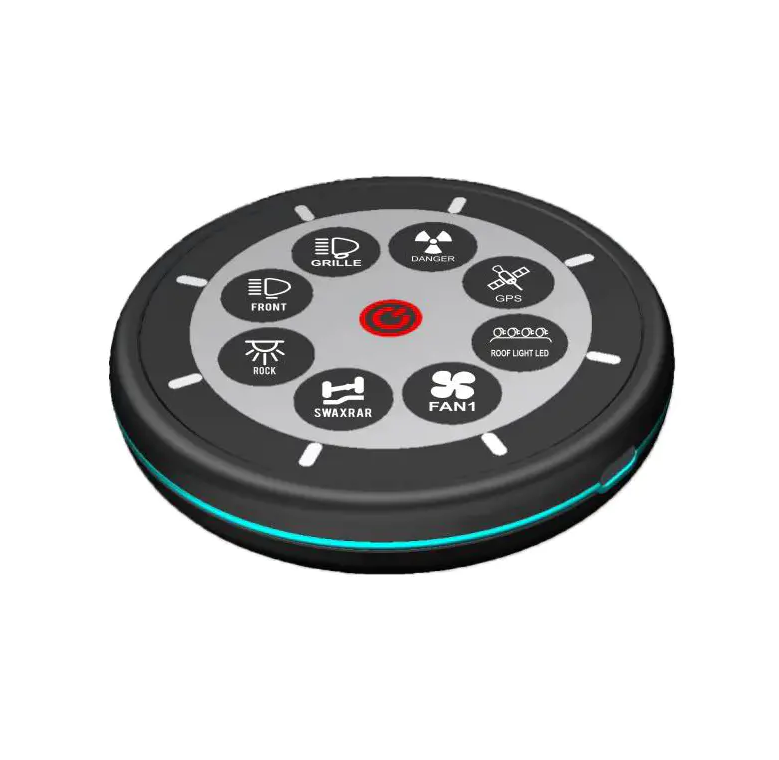When selecting or designing a switch panel, assessing its waterproof and dustproof performance is critical, especially for applications in harsh or outdoor environments. Ensuring a switch panel ’s durability against moisture and dust ingress not only extends its lifespan but also guarantees reliable operation and user safety. This article outlines the primary methods and standards used to evaluate the waterproof and dustproof capabilities of switch panels.
The most widely recognized method for assessing protection against water and dust is the Ingress Protection (IP) rating system, defined by the international standard IEC 60529. This rating classifies switch panels and other electrical enclosures based on their resistance to solid particles (like dust) and liquids (such as water). The IP rating consists of two digits: the first represents protection against solids, and the second indicates protection against liquids.
For example, a switch panel with an IP65 rating is dust-tight (6) and protected against low-pressure water jets from any direction (5). This means the panel is completely sealed against dust entry and can withstand water exposure without damage. Higher ratings, such as IP67 or IP68, offer even greater waterproof performance, with the ability to resist temporary or continuous immersion in water.
Evaluating a switch panel’s waterproof and dustproof performance begins with understanding its intended use environment. Panels designed for indoor use typically require lower IP ratings, while those for outdoor or industrial use often demand higher levels of protection. Manufacturers usually provide IP ratings on product specifications, but independent testing can verify these claims.
Testing typically involves simulated exposure to dust and water under controlled conditions. For dustproof testing, panels are placed in a chamber filled with fine dust particles for several hours, after which the interior is inspected for contamination. Waterproof testing involves spraying water jets, immersing the panel in water, or subjecting it to water mist, depending on the rating being tested. These tests help identify any weaknesses in seals, gaskets, or materials.
Apart from IP ratings, other factors influence waterproof and dustproof performance. The quality of seals and gaskets used around buttons, connectors, and panel edges is crucial. Materials like silicone or rubber are commonly used to create tight seals that prevent ingress. Additionally, the construction of the panel housing itself—such as the use of corrosion-resistant metals or durable plastics—affects overall resistance to environmental factors.
Regular maintenance also plays a role in preserving a switch panel’s protective qualities. Over time, seals can degrade, or dust can accumulate in small crevices, potentially compromising protection. Periodic inspections and cleaning help maintain performance and prolong service life.
In conclusion, evaluating the waterproof and dustproof performance of a switch panel involves understanding its IP rating, conducting relevant tests, and considering material and design quality. Choosing a switch panel with an appropriate IP rating based on the operating environment ensures safety, reliability, and longevity. Proper maintenance further supports these protective features, making it an essential part of managing electrical systems in challenging conditions.
8 SWITCH PANEL SYSTEM
Vin: 12V~24V
Pout: 600W-1200W
